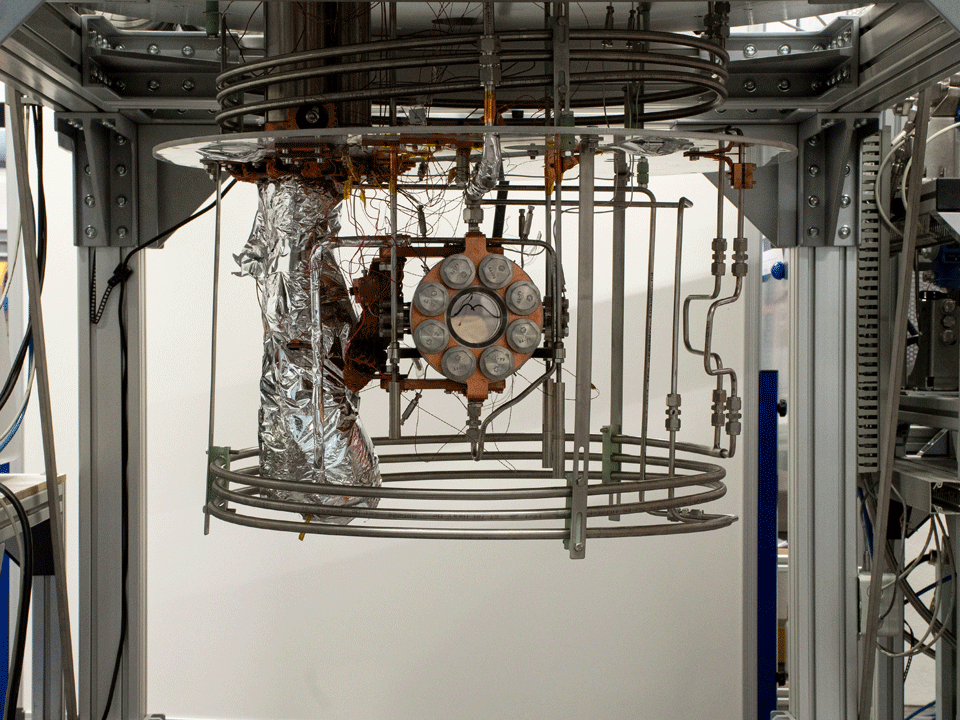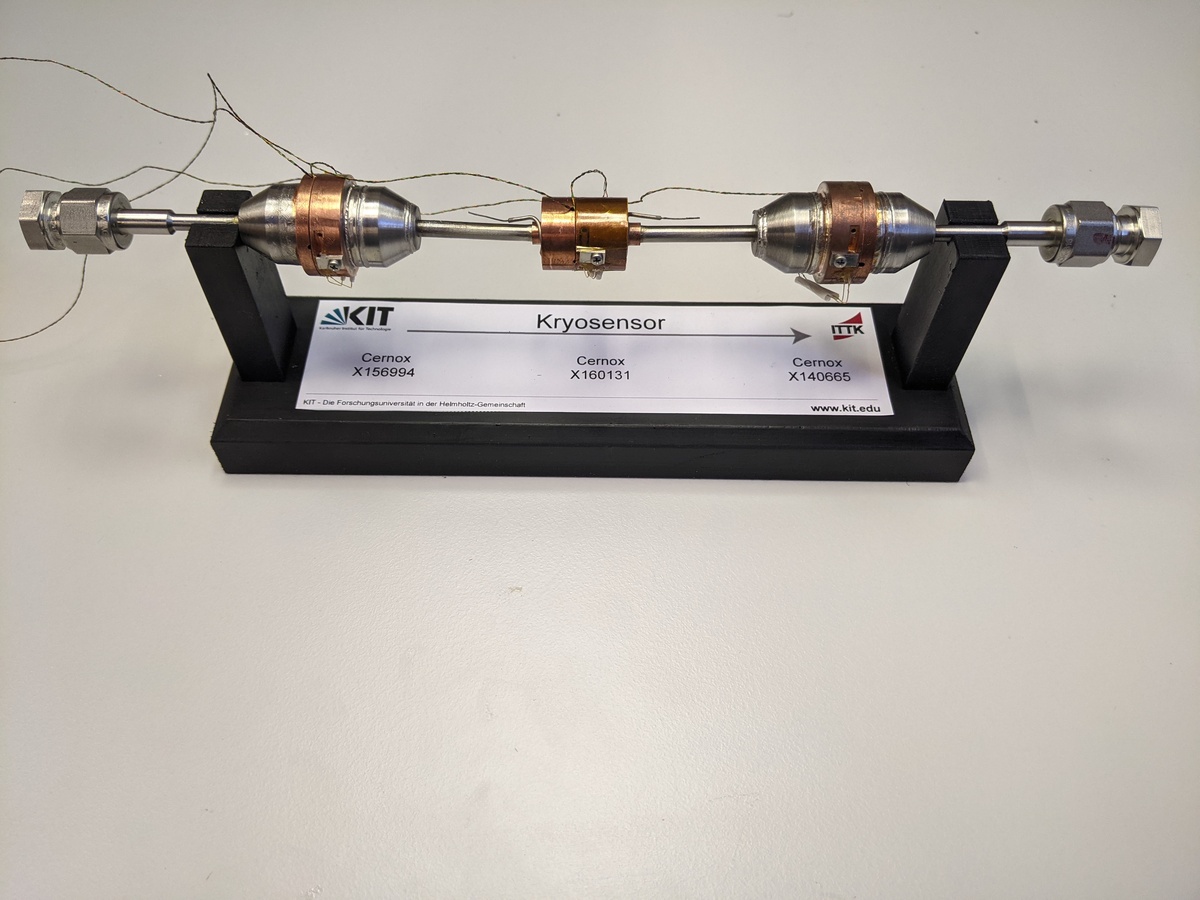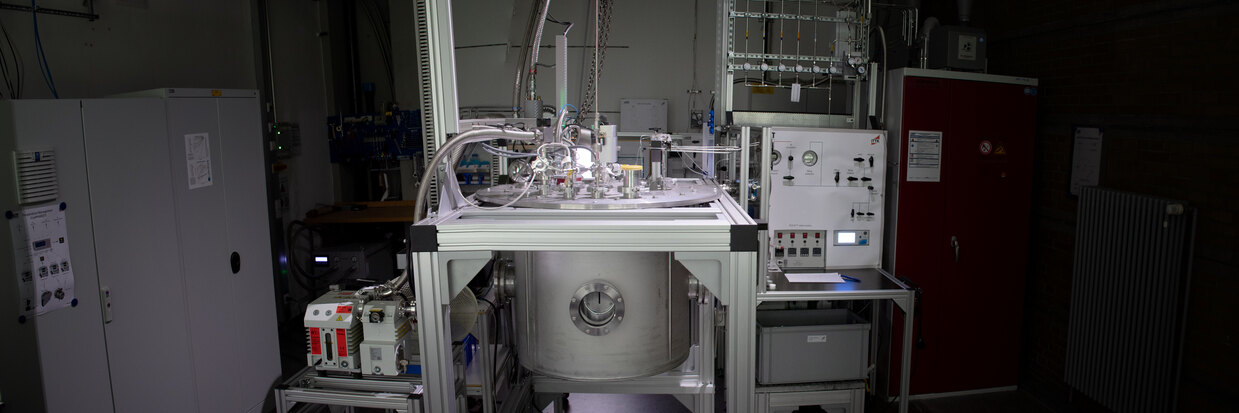Julian Schunk
- Research Associate
- Room: 105
CS 40.31 - Phone: +49 721 608-42327
- julian schunk ∂does-not-exist.kit edu
Institute of Technical Thermodynamics and Refrigeration
Refrigeration and Cryogenics (TTK-KKT)
Bldg. 40.31
Engler-Bunte-Ring 21
76131 Karlsruhe

Thermal and caloric properties of cryogenic fluid mixtures
- Funding:
Deutsche Forschungsgemeinschaft DFG
- Startdate:
September 2020
The properties of cryogenic fluid mixtures are of fundamental importance for the development and optimisation of closed-cycle cryogenic cooling systems needed for applications of high-temperature superconductivity (HTS) and for the liquefaction or re-liquefaction of low-boiling fluids. Cryogenic mixed-refrigerant cycles (CMRC) operated with such mixtures offer the potential for a substantial increase of efficiency, as well as for closing a technology gap in the mid-scale cooling power range, which affects both HTS power applications and decentralised and mobile applications of a future hydrogen economy. The neon-helium system is considered as refrigerant for a number of cryogenic applications, in particular for the reduction of liquefaction cost of hydrogen as sustainable energy carrier. An equation of state is therefore needed for the neon-helium system that describes thermal and caloric properties equally precise.
No caloric data are available for the neon-helium system in order to determine the parameters of an equation of state. The few existing phase equilibrium data are partially inconsistent and insufficient in scope. In order to measure both caloric and thermal state properties simultaneously, the cryogenic phase equilibrium test stand CryoPHAEQTS is build up and extended with a method for specific heat measurement. The method is based on a new cryogenic flow measurement principle in serial combination with a Coriolis measurement at room-temperature, which allows to achieve measurement uncertainties below 1 %. The cp measurement is first validated with pure helium. Vapour-liquid equilibria and the specific heat of pure neon are then measured and compared to calculated reference data from REFPROP in order to determine and validate measurement uncertainties. Precise phase equilibrium data are subsequently measured for the neon-helium system together with the specific heat in the vapour phase. In addition, single-phase measurements are conducted with subcooled liquid and with supercritical states at pressures up to 10 MPa and temperatures up to 300 K.
For the development of an equation of state, the focus is first on the determination of pure fluid parameters of neon, a further development of mixing rules and the mixture parameter determination based on the measured data. The applicability of both cubic, virial and SAFT equations of state will be equally investigated. Beside commonly known concepts, possible contributions from the Debye theory will be studied, describing the cubic dependence of heat capacity in the low-temperature limit. A Debye equation of state already exists for helium-3. The underlying phonon theory of solids is also used in literature to model the caloric properties of liquids in the classical and quantum regime.



